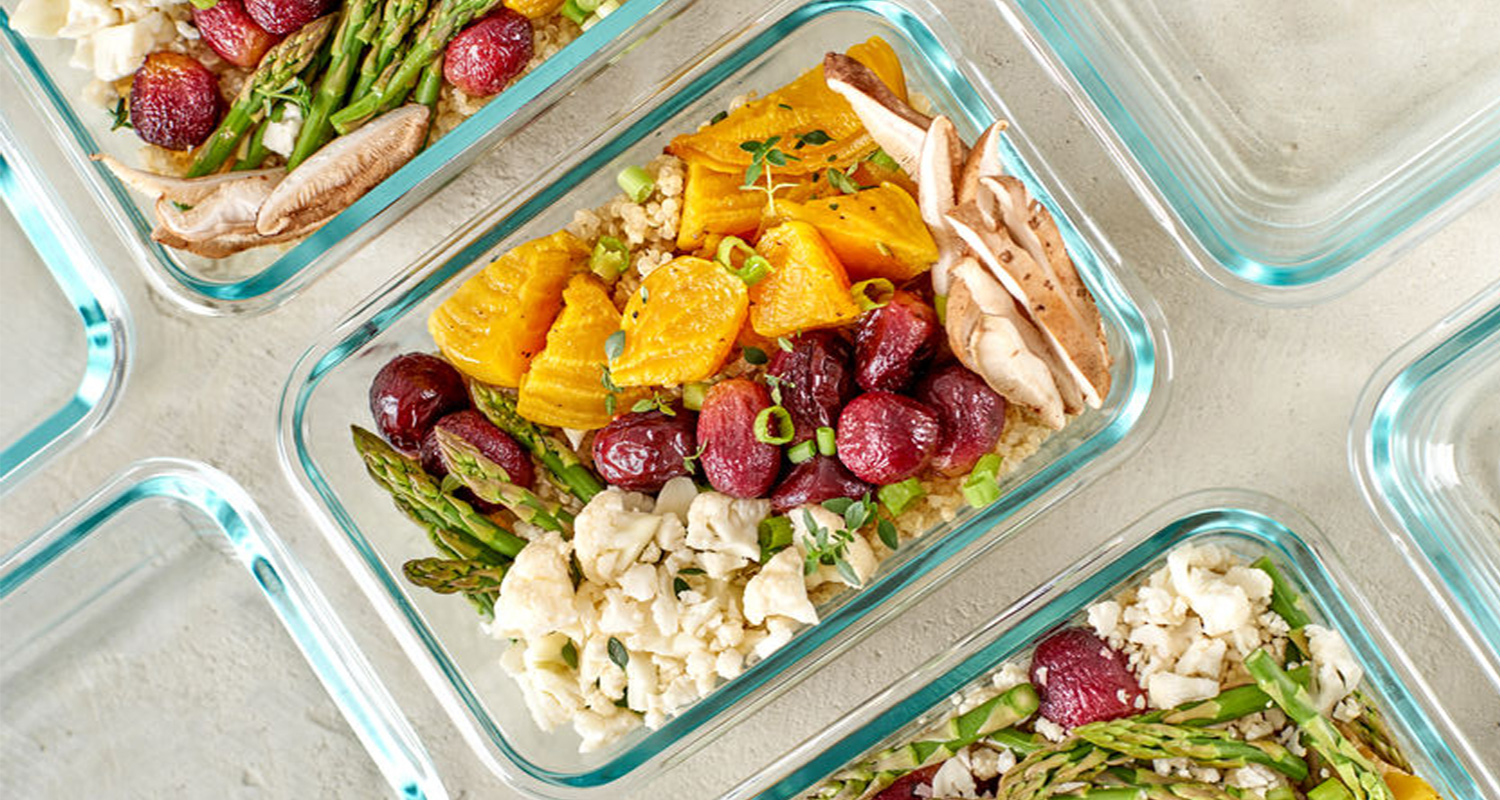Meal prepping is a fantastic way to save time, eat healthier, and reduce stress during the week. By preparing meals in advance, you can ensure balanced nutrition and have ready-to-eat options whenever hunger strikes. In this guide, we’ll walk you through the essential steps to meal prep like a pro.
Why Meal Prepping Matters
Meal prepping has become increasingly popular for its convenience and health benefits. Not only does it help you stay on track with your dietary goals, but it also saves you money and reduces food waste. Let’s look at some key advantages.
1. Saves Time and Money
By planning and preparing meals in advance, you eliminate the need to cook every day. Meal prepping helps you avoid impulse purchases and dining out, which can add up over time.
2. Encourages Healthier Eating
With pre-made meals, you’re less likely to grab unhealthy snacks or fast food. Instead, you’ll have balanced, portioned meals ready to go, making it easier to stick to your health goals.
Essential Steps to Start Meal Prepping
Whether you’re new to meal prepping or looking to refine your routine, following these steps will make the process simple and efficient.
Step 1: Plan Your Meals
The first step is deciding what meals you’ll need for the week. Think about your schedule, dietary needs, and preferences. Choose recipes that are easy to prepare, store well, and fit your health goals.
- Choose recipes: Select recipes that complement each other to make shopping easier.
- Consider portions: Determine how many servings you’ll need to avoid excess food waste.
Step 2: Create a Shopping List
Once you’ve planned your meals, make a list of the ingredients you’ll need. Group similar items together (such as vegetables, proteins, and grains) to streamline your shopping trip.
- Stick to the list: This helps you avoid unnecessary purchases and keeps your prep focused.
- Buy in bulk: Purchase staples like rice, oats, and spices in bulk to save money and reduce trips to the store.
Step 3: Prep Ingredients in Batches
Batch-preparing ingredients, such as chopping vegetables or cooking grains, saves time and allows you to assemble meals quickly. Set aside a dedicated time each week to prepare as much as possible in advance.
- Cook staples: Prepare basic ingredients like rice, quinoa, or beans in larger batches.
- Pre-chop veggies: Store cut vegetables in airtight containers for easy access during the week.
Step 4: Assemble Your Meals
Now it’s time to put everything together. Divide your prepared ingredients into meal portions and store them in containers. This makes it easy to grab a complete meal whenever you’re ready to eat.
- Use portion control: Measure servings to avoid overeating and help you stick to your dietary goals.
- Label containers: Adding labels with meal names or dates helps you stay organized.
Step 5: Store and Reheat Properly
Proper storage is essential to keep your meals fresh. Use airtight containers, and be mindful of refrigeration and freezing guidelines to prevent spoilage.
- Refrigerate or freeze: Keep meals in the fridge if you plan to eat them within a few days, or freeze them for longer storage.
- Reheat safely: When reheating, ensure food reaches a safe temperature to kill any bacteria.
Top Tips for Successful Meal Prepping
To truly master meal prepping, these extra tips can help you create delicious, nutritious meals that you’ll look forward to each week.
1. Invest in Quality Containers
Choose containers that are microwave-safe, BPA-free, and easy to stack. This not only makes storage more organized but also helps your food stay fresh longer.
2. Start Small and Build a Routine
If you’re new to meal prepping, start with a few meals and gradually increase as you get comfortable. Building a routine makes the process easier over time.
3. Stay Flexible and Rotate Recipes
Rotate different recipes each week to keep your meals exciting. Experimenting with various ingredients and flavors prevents boredom and keeps you motivated to continue meal prepping.
Conclusion: Simplify Your Life with Meal Prepping
Meal prepping is a practical, time-saving solution that makes it easier to maintain a balanced diet. By following these steps and tips, you can enjoy nutritious, ready-to-eat meals throughout the week. With a little planning and organization, meal prepping will become an effortless and rewarding part of your routine!

Comments
Post a Comment